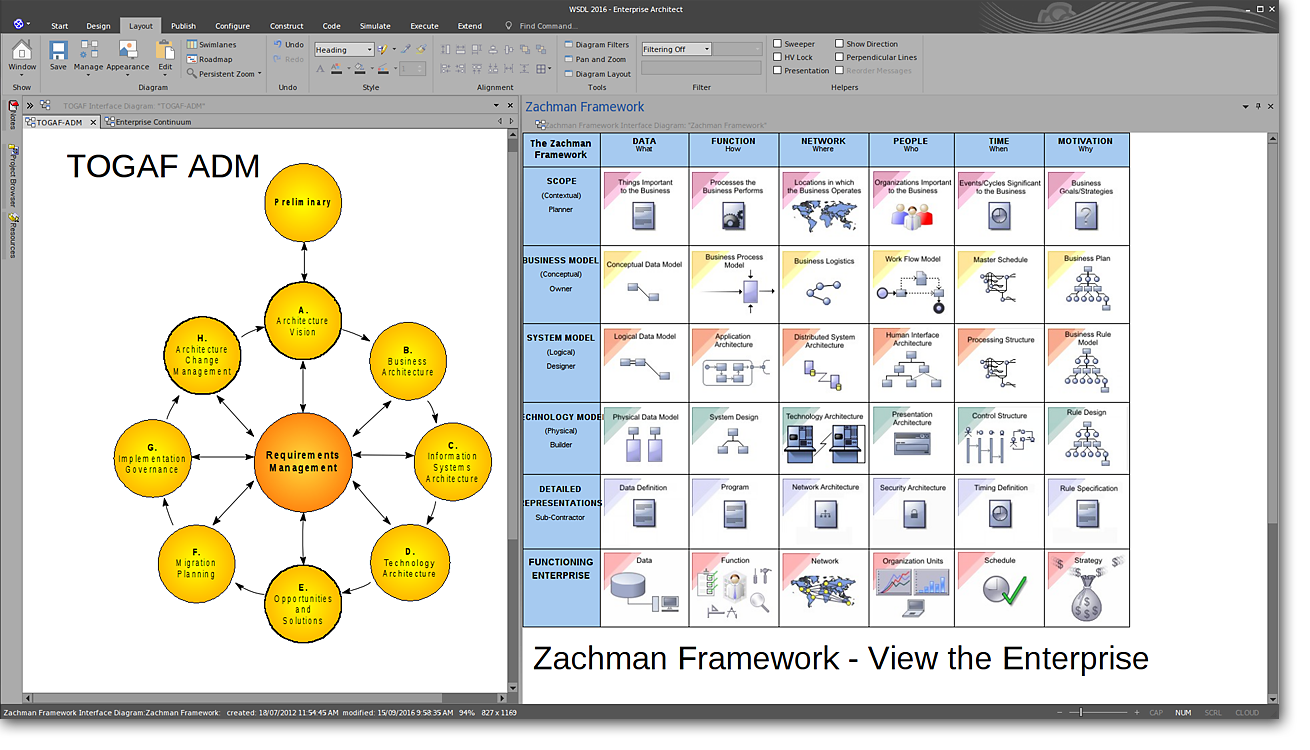Introduction
In today's rapidly evolving business landscape, successful enterprise architecture management is essential for organizations to stay competitive and drive innovation. Effective enterprise architecture management enables businesses to align their IT infrastructure with their strategic goals, optimize processes, reduce costs, and improve overall efficiency. However, managing enterprise architecture can be a complex endeavor, requiring careful planning, implementation, and ongoing maintenance. In this article, we will explore some essential tips for successful enterprise architecture management and discuss the key factors that contribute to its success.
Essential Tips for Successful Enterprise Architecture Management
1. Define Clear Objectives and Goals
To ensure the success Helpful hints of enterprise architecture management, it is crucial to define clear objectives and goals from the outset. This involves understanding the organization's strategic priorities, identifying areas for improvement, and aligning the enterprise architecture strategy accordingly. By setting clear objectives, organizations can focus their efforts on driving meaningful outcomes and measuring their progress effectively.
2. Establish a Governance Framework
A robust governance framework is essential for effective enterprise architecture management. This framework should outline the roles, responsibilities, and decision-making processes related to enterprise architecture within the organization. It helps ensure that all stakeholders are aligned and provides a structure for managing changes, resolving conflicts, and maintaining compliance with relevant standards and regulations.
3. Foster Collaboration and Communication
Successful enterprise architecture management relies heavily on collaboration and communication across different teams and departments within an organization. It is essential to establish channels for sharing knowledge, insights, and best practices related to enterprise architecture. This collaborative approach facilitates cross-functional alignment, breaks down silos, and promotes a culture of continuous improvement.
4. Leverage Solution Architecture Principles
Solution architecture principles provide a set of guidelines that help organizations make Click here for more informed decisions about their IT solutions. These principles focus on achieving desired outcomes while ensuring architectural integrity, scalability, security, and maintainability. By leveraging solution architecture principles, organizations can design and implement robust solutions that align with their enterprise architecture strategy.
5. Embrace Application Portfolio Management
Application portfolio management is a critical component of successful enterprise architecture management. It involves assessing, categorizing, and prioritizing the organization's applications based on their strategic importance, value, and alignment with business objectives. By regularly reviewing and optimizing the application portfolio, organizations can eliminate redundancies, reduce costs, and streamline their IT landscape.

6. Utilize ServiceNow Application Portfolio Management (APM) Tools
ServiceNow Application Portfolio Management (APM) tools offer comprehensive solutions for managing application portfolios effectively. These tools provide visibility into the organization's application landscape, enabling better decision-making and alignment with business goals. With features such as automated workflows, View website analytics, and reporting capabilities, ServiceNow APM tools empower organizations to optimize their application portfolios and drive successful enterprise architecture management.
FAQs
What is solution architecture?
Solution architecture refers to the process of designing and implementing IT solutions that meet specific business requirements. It involves defining the structure, components, interfaces, and technologies required to deliver a solution that aligns with the organization's overall enterprise architecture.
What is solution architecture management?

Solution architecture management involves overseeing the development and implementation of IT solutions within an organization. It includes defining standards, guiding principles, processes, and tools to ensure that solution architectures are aligned with the enterprise architecture strategy.
What is a solution architect?
A solution architect is responsible for designing and overseeing the implementation of IT solutions within an organization. They work closely with stakeholders to understand business requirements and translate them into technical specifications that align with the enterprise architecture strategy.
What is application portfolio management?
Application portfolio management refers to the process of assessing and managing an organization's applications based on their strategic value, cost-effectiveness, and alignment with business objectives. It involves categorizing applications, identifying redundancies, and making informed decisions about their maintenance, retirement, or replacement.
What are some popular ServiceNow APM tools?
Some popular ServiceNow APM tools include ServiceNow IT Business Management (ITBM), ServiceNow Application Portfolio Management (APM), and ServiceNow Project Portfolio Management (PPM). These tools provide comprehensive solutions for managing application and project portfolios effectively.
Why is enterprise architecture management important?
Enterprise architecture management is important because it enables organizations to align their IT infrastructure with their strategic goals, optimize processes, reduce costs, and improve overall efficiency. It provides a holistic view of the organization's IT landscape and helps drive innovation and digital transformation.
Conclusion
Successful enterprise architecture management is crucial for organizations looking to thrive in today's dynamic business environment. By following the essential tips outlined in this article, organizations can effectively plan, implement, and maintain their enterprise architecture strategy. From defining clear objectives and establishing a governance framework to leveraging solution architecture principles and embracing application portfolio management, each tip contributes to the overall success of enterprise architecture management. By adopting these best practices and utilizing advanced tools like ServiceNow APM, organizations can drive innovation, optimize processes, and achieve their strategic goals with confidence.